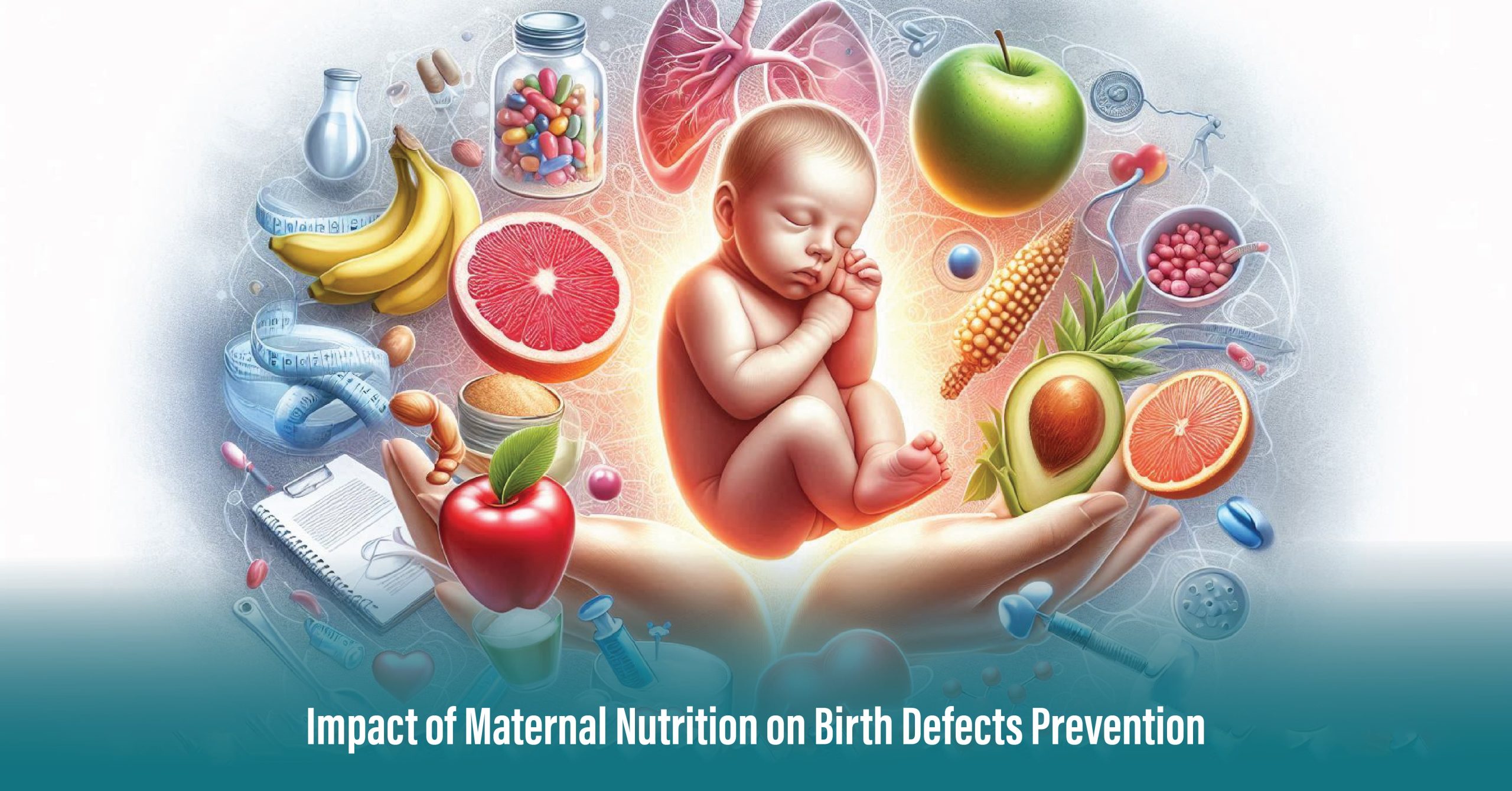Nutrition is important during the period of pregnancy and has special significance for the mother’s nutrition. Some nutrient intakes have been found to reduce the risk of multiple congenital anomalies by a very large measure, and these are associated with the general health, development status, and quality of life of the child. Perhaps one of the most striking examples of an association between nutrient intake and the prevention of birth defects is the role of folic acid in the prevention of NTDs in neonates. Drawing from this concept of diet and using recent research and understanding of diet during pre and post-conception, this article begins to explore aspects of maternal diet, the relationship between fortified foods and supplements, and the probability of birth defects.
Understanding Birth Defects
Congenital anomalies are abnormalities of structure and/or function that occur during intrauterine development. They can be minor to severe and may involve virtually every organ and system of the human body, including the central nervous system, cardiovascular system, muscular system, etc. The etiology of these defects is genetic-environmental and appears to have a strong nutritional component.
We continue to assess the use of folic acid and its function.
Folic acid, a man-made form of folate, an A vitamin that is present in natural food products, has been the subject of quite several clinical trials on its use in the prevention of NTDs like spina bifida and anencephaly. Neural tube defects begin during the first few weeks of pregnancy, sometimes even before women know they are pregnant, making it very vital for all women of childbearing age to take sufficient folic acid before they get pregnant. The mode of action of folic acid to afford protection is through the formation of DNA as well as the repair of DNA and RNA, and it helps to build and develop the placenta and the fetus at a faster rate than the rest of the body.
